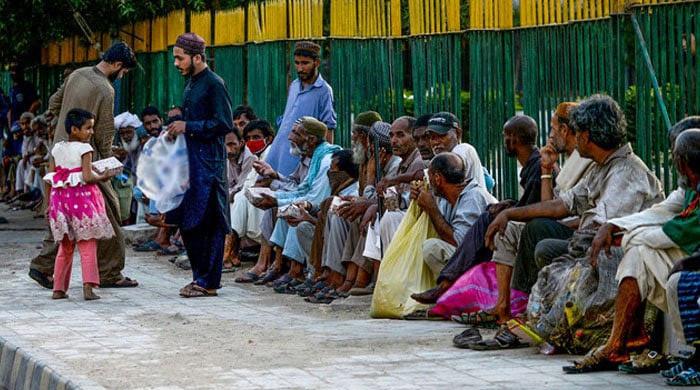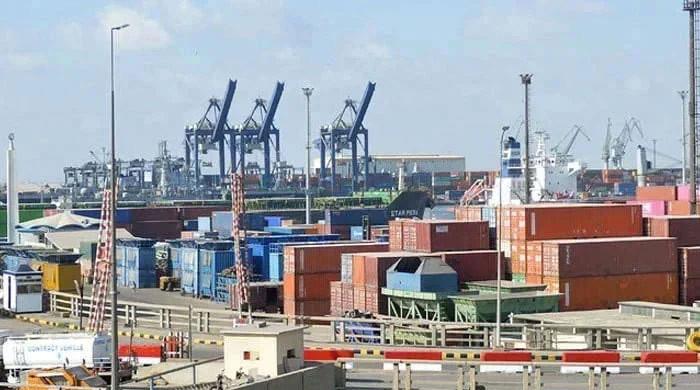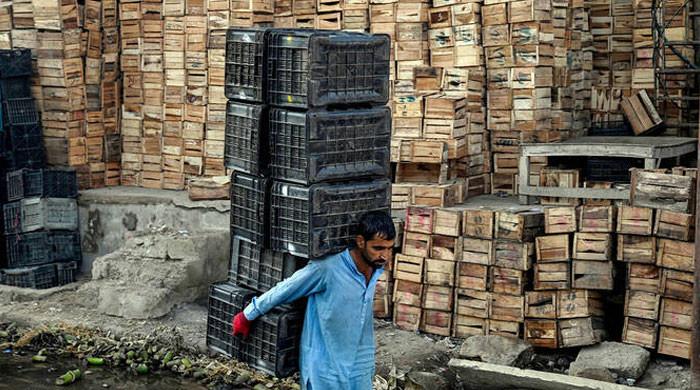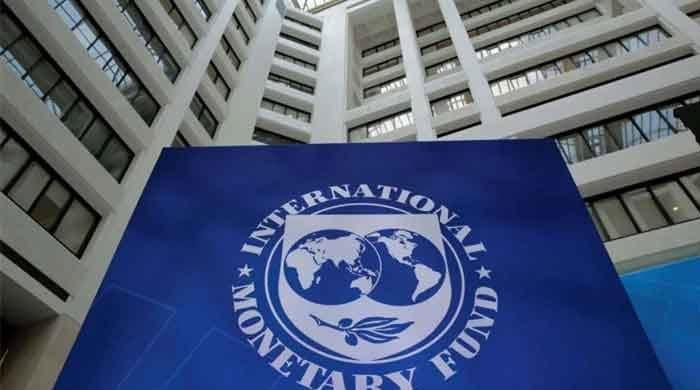Reform-oriented budget need of hour
We are living at edge of a precipice, economy is besieged by large macroeconomic imbalances, inefficient state apparatus, Dr Khaqan Najeeb writes
May 21, 2023

The economic challenges Pakistan faces are both acute and deep as we prepare the budget for fiscal year 2023-24. The economy faces stagflation with increasing price pressures and stagnating output.
The balance of payments situation is precarious. Fiscal and quasi-fiscal imbalances are flashing red lights. The confidence of domestic and international markets and partner countries in our economy is waning. Pakistan’s sovereign credit rating is at its lowest. Hardly an encouraging picture.
A marked decline in dollar inflows since December 2021 has led to a reduction in foreign exchange reserves held by the State Bank of Pakistan. Dollar liquidity crunch has truly hurt the sustainability of our growth process. The economy is on course for muted or negative economic growth for FY23.
High-frequency indicators for the first three-quarters of FY23 indicate the extent of a slowdown in production. Large-scale manufacturing has contracted by 8.11% (July-March) 2022-23 when compared with the same period last year. Supply shortages and rising fiscal deficit (FD) have pushed average inflation for 10MFY23 to 28.2%. Sadly, we are not able to unclog the economy and must embrace a rise in unemployment going beyond 7.0% in FY23.
We are living at the edge of a precipice. The economy is besieged by large and persistent macroeconomic imbalances, low productive capacity of the agriculture and manufacturing sector, and an inefficient and less-than-competent state apparatus. Excessive and often indiscriminate protection provided to industry over decades has weakened the incentive to develop a vibrant export sector. These are not easy issues to manage.
The crisis of the fiscal system is at the root of our economic distortions. This is where budget FY24 can play its part. To relate to the seriousness of the problem, consider the law on fiscal responsibility. Pakistan enacted a Fiscal Responsibility and Debt Limitation Act in 2005, stipulating a fiscal deficit ceiling of 3.5% of GDP.
It is a hard truth that Pakistan’s fiscal deficit has consistently exceeded this ceiling over the last decade. Fiscal deficit clocked 7.9% of GDP in FY22 – disturbingly the highest in more than two decades. FY23 is no different, with the fiscal deficit estimated at nearly 7% of GDP. We know that high fiscal deficits lead to macroeconomic volatility, crowd out investment, and hurt economic growth. Regrettably, this has been the case for Pakistan.
One hopes budget FY24 recognises the gravity of economic vulnerabilities, both in the short as well in the long term. In response to the crisis, tremendous thought and research are required to formulate a reform-oriented budget. One which does not burden the common folk and addresses inflationary pressures by undertaking a fiscal correction. budget FY24 must do justice in addressing the policy challenges at the minimum.
Any attempt to correct the fiscal imbalance in the economy must be directed at a reduction in expenditure. Mark-up payments have exponentially risen in the last two years to become the largest component of expenditure. Other expenditures include an allocation for defence affairs and services, subsidies, running of the civil government and pensions, and development funding. All expenditure heads need a serious redesign.
Reforms for reducing debt servicing costs can be articulated in the budget. First, domestic and foreign debt reprofiling can help lengthen maturities, with no change in the principal or interest payments. Two, the implementation of a treasury single account can help with appropriate scrutinising and accounting of the government’s available cash balances.
This can lessen the requirement for government borrowing. These two reforms can help manage mark-up payments. One is not sure if the authorities have the expertise to do this kind of work with a less-than-equipped debt office.
Subsidies have grown to untenable levels, especially in the energy sector. Their social and economic usefulness is less clear. Ideas for reform include reallocating spending from lavish and untargeted subsidies, such as those on electricity, gas, petroleum, tube wells, wheat and fertilisers to targeted subsidies through the income support programme.
This can realise fiscal savings as well as achieve better-quality social outcomes. Authorities need to showcase a clear subsidy policy reform in budget FY24.
It is a no-brainer that the federal government can minimise expenses on devolved ministries considering the 18th Amendment. However, the number of devolved subjects still with the federal government is large, spanning social sector, culture, environment, rural development, and youth affairs among others.
The federal government minimising or closing these subjects at the centre can provide substantive fiscal savings. Bright ideas have to be considered on expenditure-sharing formulas in other key areas like higher education, income support programs, and special allocations with the provinces.
Someday the country has to hold someone accountable for decades of policy omissions. Pension reform is one such area that has wilted over the years under one commission or another while the burden has doubled in the past six years.
A framework encapsulating Pay-As-You-Go mechanism for the new entrants with the aim of reaching a near zero growth in pension liability in the medium term needs to see the light of day. Expenditure pressures and increased size of the government necessitate a freeze on new recruitment. These can be truly moving steps.
The Federal Public Sector Development Program (PSDP), currently hovering around Rs700 billion, is hardly an enviable story — it has fallen to just 0.85% of GDP in FY23 from nearly 2% some years ago. The more concerning aspect is the backlog of the approved projects in the PSDP with estimates above Rs10,000 billion.
It will take neon years leading to a sizable increase in cost to ever complete these projects. Can we depoliticise and put together the know-how to clean up our development outlay? This remains a serious but unanswered question.
Multiple restructuring efforts of state-owned enterprises (SOEs), spread over decades, have yielded minimal results. SOEs continue to make billions in losses and need budgetary support in cash as well as in government guarantees for obtaining loans, piling up contingent liabilities of the government.
Unless we put together a viable divestment agenda, it is difficult to hope for any worthwhile cut in spending on the 212 SOEs operating in various sectors of Pakistan, with 85 commercial SOEs, 83 subsidiaries of the commercial SOEs, and 44 non-commercial SOEs. The footprint is indeed large and unsustainable.
Expenditure reforms constitute the core of the proposed fiscal correction. There is wide scope for policy realignment of expenditures, increasing the efficiency of every rupee spent, and creating space for spending on the more deserving segments of the society. However, the process of fiscal adjustment cannot be complete without revenue measures to increase the income of the government.
The writer is a former adviser, Ministry of Finance. He tweets @KhaqanNajeeb and can be reached at: khaqanhnajeeb@ gmail.com
Disclaimer: The viewpoints expressed in this piece are the writer's own and don't necessarily reflect Geo.tv's editorial policy.
Originally published in The News











